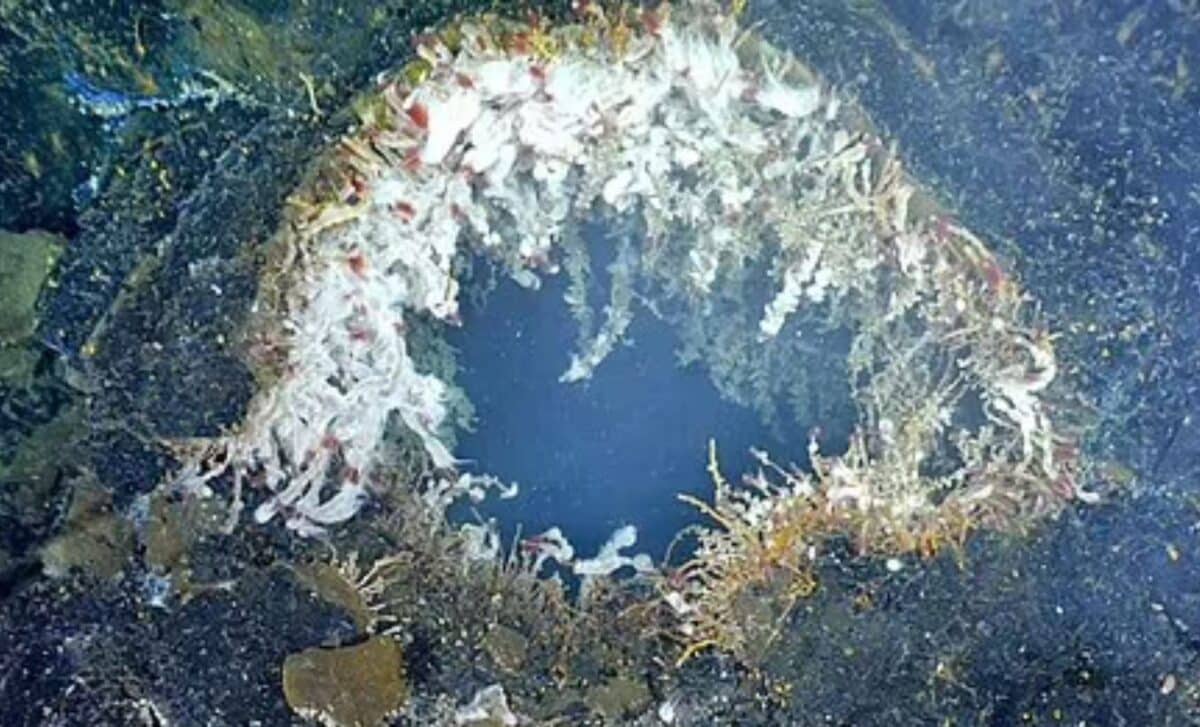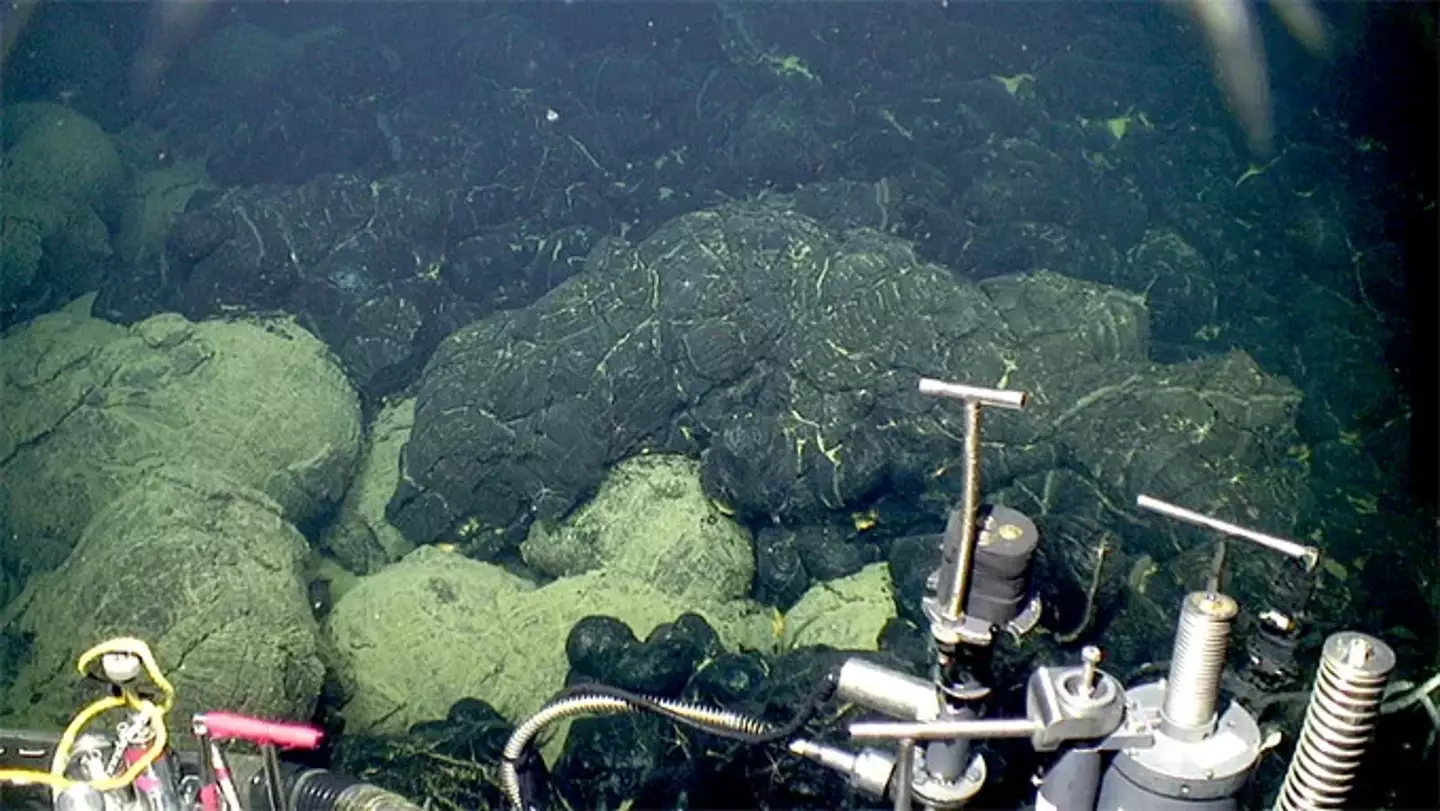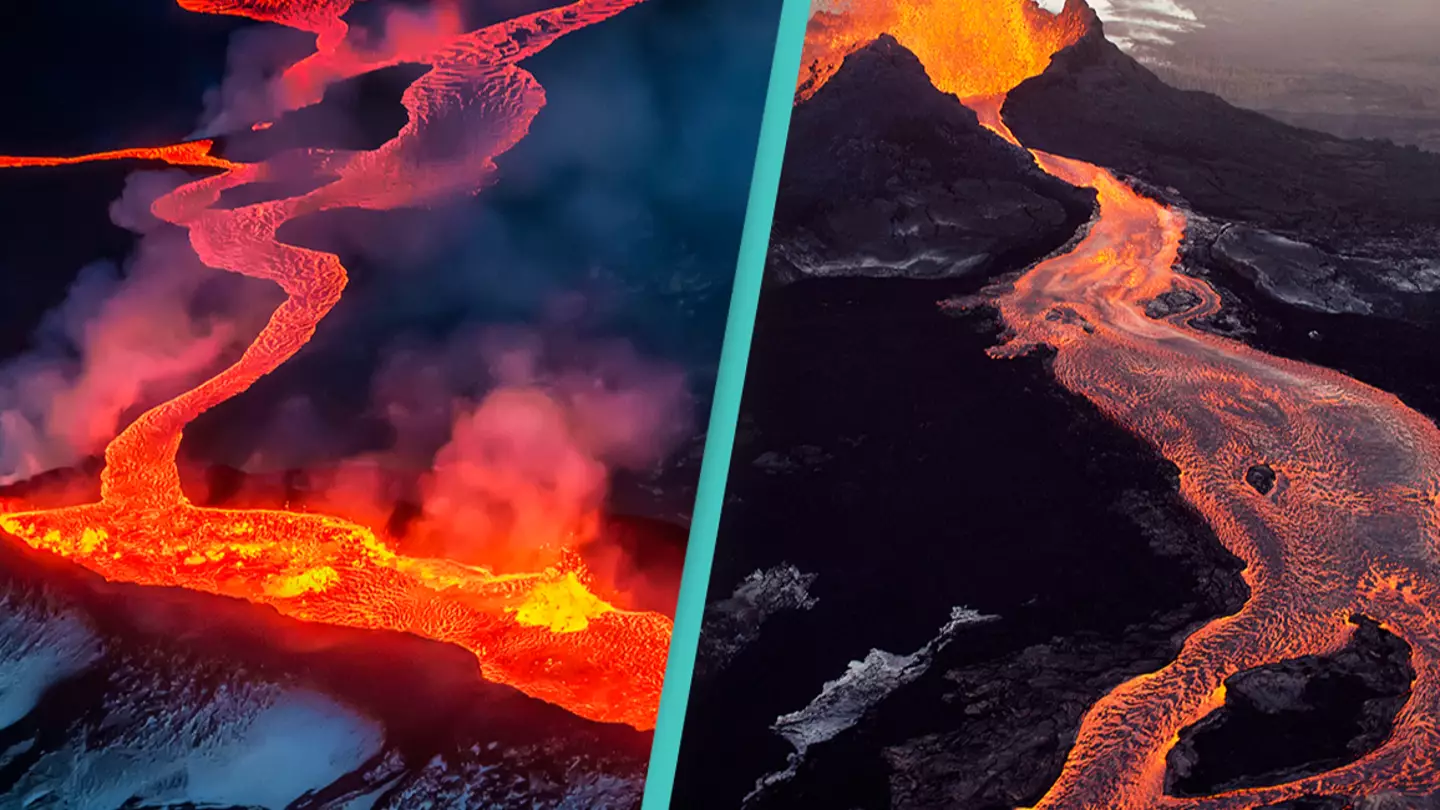The Axial Seamount, a prominent undersea volcano located approximately 300 miles off the coast of Oregon, is showing concerning signs of an impending eruption, potentially occurring in 2025. This submarine volcano, which rises 3,600 feet above the ocean floor and spans about a mile in width, has erupted in 1998, 2011, and 2015.

Current Geological Activity and Warning Signs
Recent observations by geoscientists indicate significant inflation of the volcano’s summit, reaching levels comparable to pre-eruption conditions in 2015. Additionally, seismic activity in the area has increased sharply, with thousands of small earthquakes detected, signaling rising magma movement beneath the seafloor.
According to volcanologists monitoring the site, these indicators strongly suggest that Axial Seamount is in the final stages of magma buildup, which often precedes an eruption. However, predicting the exact timing of an eruption remains a challenge due to the complex and variable nature of volcanic systems.

Potential Risks and Scientific Monitoring
Despite the signs of unrest, experts emphasize that Axial Seamount’s eruptions are typically non-explosive due to its shield volcano structure. This means that while the event could alter the surrounding seafloor, it is unlikely to pose a direct threat to coastal populations. However, potential hazards such as underwater landslides, localized tsunamis, and disruptions to deep-sea ecosystems remain areas of concern.
The site is one of the most closely monitored underwater volcanoes in the world, with real-time seismic, pressure, and temperature data collected through the Ocean Observatories Initiative (OOI), led by Oregon State University and partner institutions. These ongoing efforts allow scientists to track changes in volcanic activity and refine eruption forecasts, helping to advance our understanding of submarine volcanism.

As the situation develops, continued monitoring will be crucial in assessing the volcano’s activity and its broader implications for oceanic and geological research.
Tags: Axial Seamount, Deep-sea monitoring, Geological activity, Magma movement, Ocean Observatories Initiative (OOI), Oregon coast volcano, Seismic activity, Shield volcano, Submarine tectonics, Submarine volcano, Tectonic activity, Undersea volcano, Underwater earthquakes, Volcanic eruption 2025, Volcanic hazard assessment, Volcanic inflation, Volcanology research